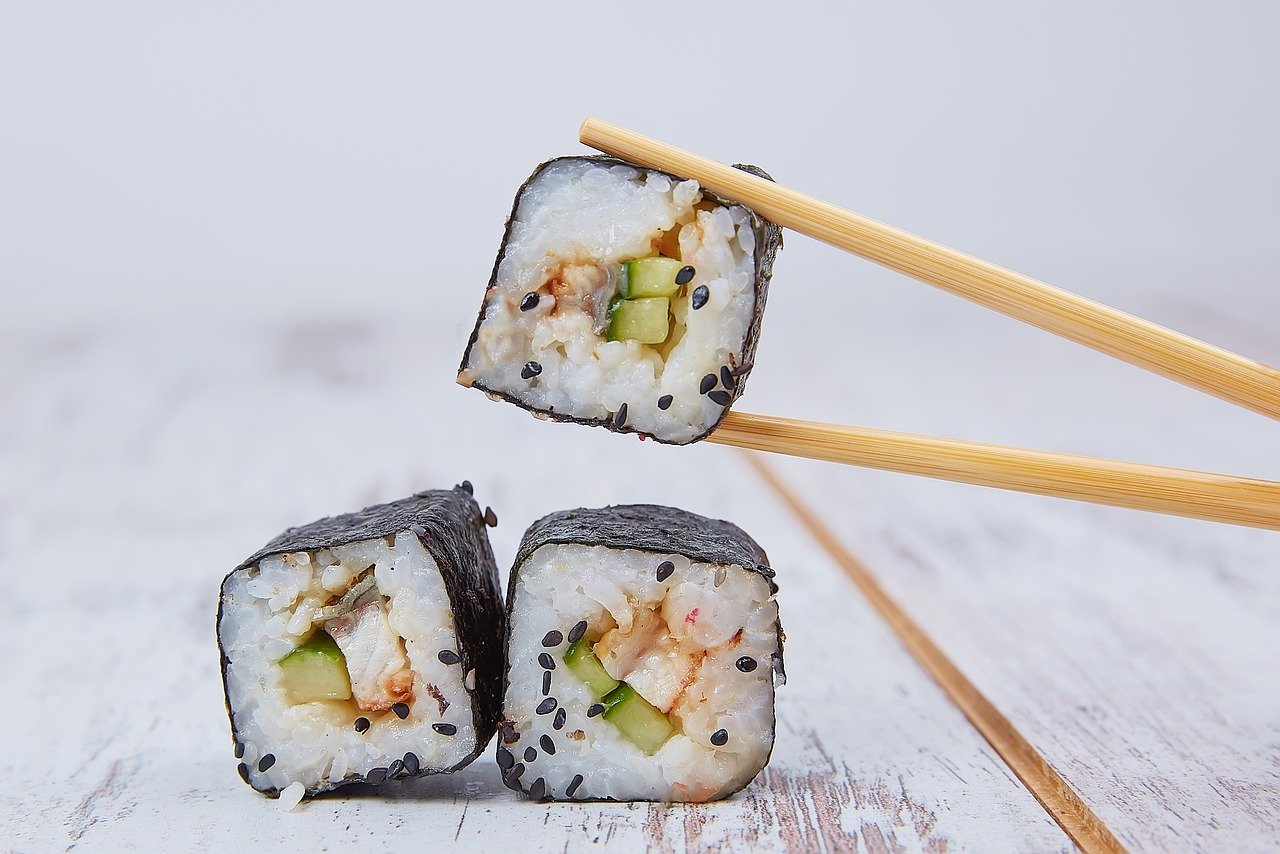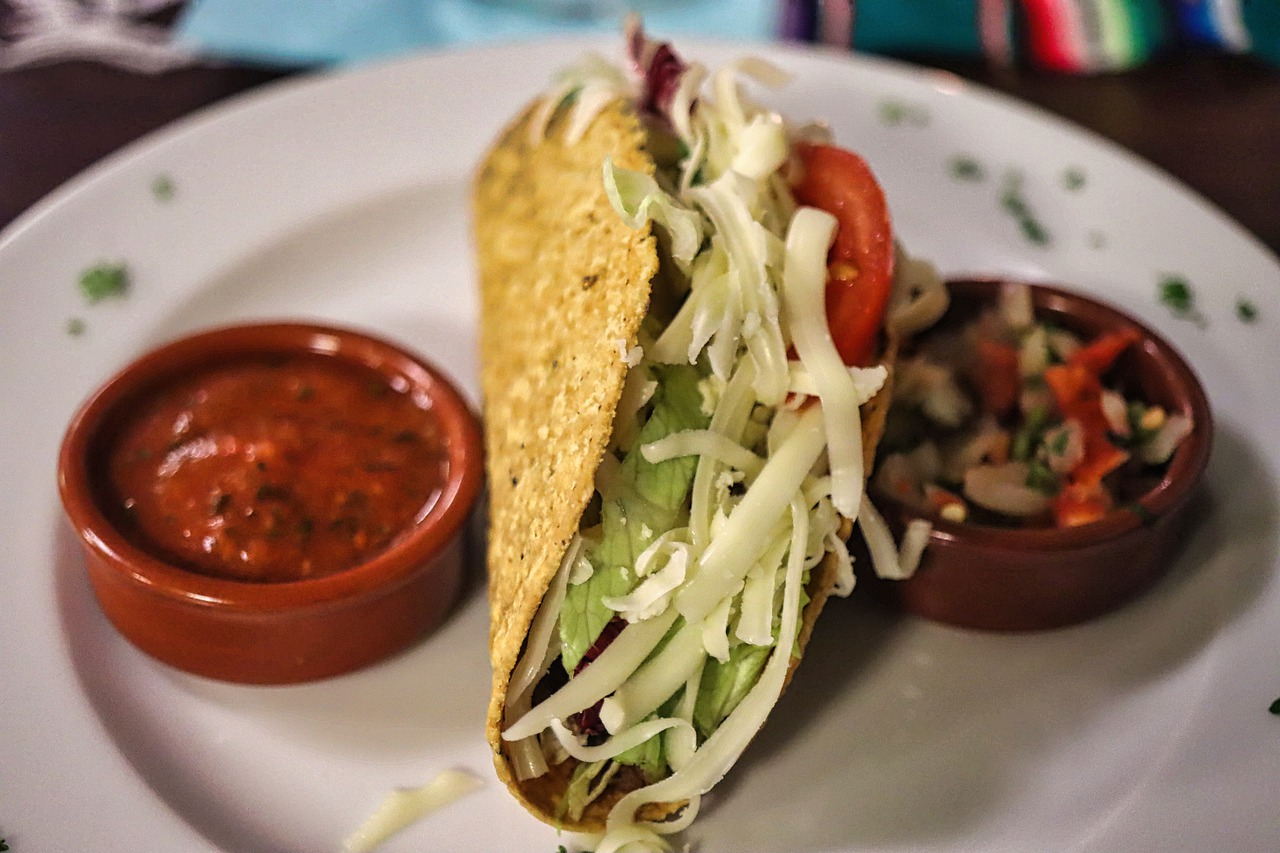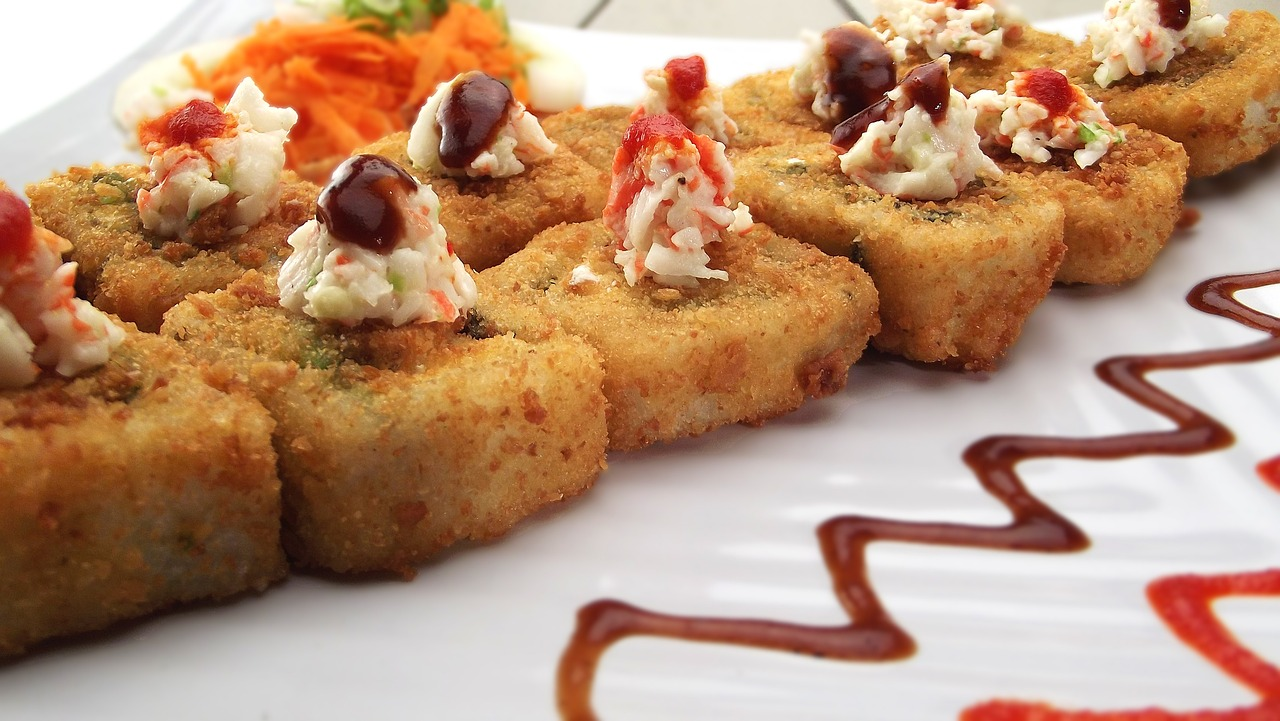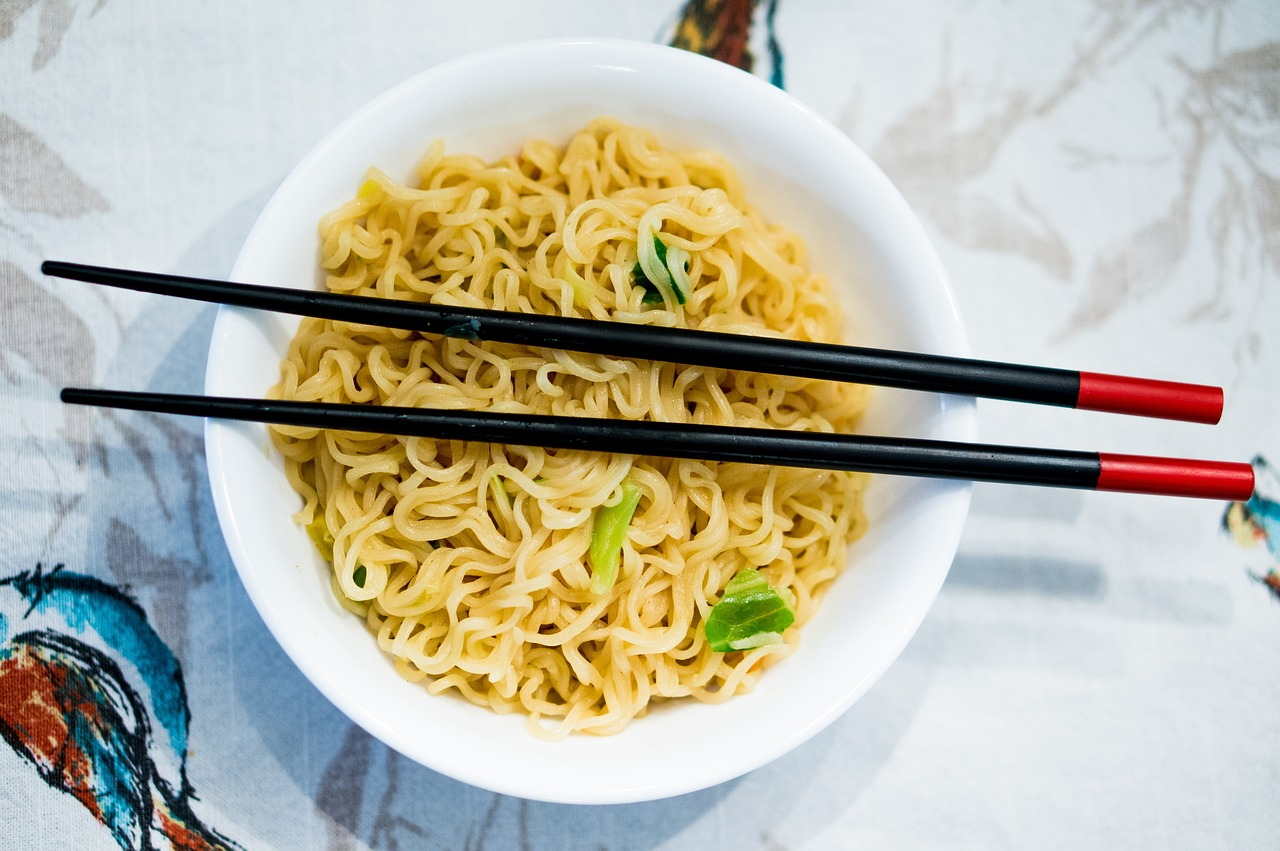Table of Contents
People have admired Japanese cuisine for many years due to its rich taste, careful arrangement, and strong cultural values. Every meal gives a different cooking experience that touches the heart through gentle sushi rolls or pork ramen dishes.
But this traditional food has seen radical changes recently where cooks and lovers of good meals want to defy the norm by inventing more flavors. Therefore, the main aim of this article is to show how current developments in Japan’s restaurant business are affecting its culture while also providing new foods for thought.
In light of that, join me in finding out what else can be done differently when it comes to cooking Japanese today and let us travel through some contemporary delights too while at it as we uncover various Methods used during these times, among others, which act as catalysts for rebirths in culinary arts all over the world based on my research.
7 New Innovations In Japanese Cuisine
1. Sushi Burgers
The introduction of sushi burgers is among the most recent innovations in Japanese cuisine. This mash-up combines all-time favorite features from sushi and burgers, making them convenient and common.
Unlike the typical seaweed wraps around traditional sushi rice, this dish uses sushi rice patties as buns with various fillings such as fresh fish, vegetables, or savory sauces. Hence, you get a hand-held delight that provides unique textures and flavors without losing its roots in conventional sushi.
Sushi burgers gained fame due to their imaginative serving methods and personalized fixings, which can attract individuals who love hamburgers just as much as those who adore sushi rolls.

2. Ramen Tacos
The latest addition to Japanese cuisine is the birth of tacos. This creative blend draws inspiration from ramen and Mexican tacos, combining ramen’s comforting flavors with a taco’s convenience.
Instead of traditional tortillas, crispy noodle shells are used for ramen tacos stuffed with braised pork, marinated vegetables, and savory broth-based sauces, among other ramen ingredients.
The outcome yields an interesting mix of taste and sensation – it gives you something crunchy outside but soft inside, thus providing a more satisfying culinary experience overall.
Foodies love this innovative twist where two dishes meet; hence, these have become one of their favorite foods ever since they were created because such an approach highlights flexibility and imagination in Japanese cooking.

3. Matcha-Infused Cocktails
An original Japanese cuisine novelty is the matcha-infused cocktails that combine traditional matcha tea, brewed for centuries, with modern mixed drinks. This imaginative variation brings together bitter and earthly-tasting matcha alongside spirits and mixers, giving rise to a refreshing and intricate drink experience.
These cocktails offer different taste profiles while characterized by a vibrant green color, such as matcha mojitos or even matcha martinis, achieving a flavor balance that appeals to all senses.
Having high levels of antioxidants as well as a unique flavor composition, it’s no wonder why these types of beverages have gained popularity among individuals who want refined alcoholic beverages both in long-established and contemporary Japanese bars.
4. Wagyu Beef Sushi Rolls
Wagyu beef sushi rolls represent a new approach to Japanese cuisine by combining the tastiness of Wagyu beef with the artistic presentation of sushi. This blend of culinary traditions takes the basic sushi roll and places slices of succulent, high-quality Wagyu beef at its center.
The meat is wrapped in seasoned rice, nori seaweed, and various fresh vegetables, sauces, and toppings, creating an extravagant feast for the senses. These rolls are so called because they literally melt in your mouth due to their tenderness; they also boast an intense savory taste (umami) that is visually striking too .
No wonder such rich people’s food has become so widely liked among knowledgeable eaters who want some luxurious yet restrained examples setting standards for what can be achieved when working within this particular genre which embraces all things Japanese but still manages to remain true to itself while showcasing only finest quality ingredients available locally wherever possible.

5. Tempura Ice Cream
One of the recent things that have been introduced in Japan is tempura ice cream. It combines the crunchiness of tempura batter with the smoothness and sweetness of ice cream.
This distinctive dessert consists of a ball of ice cream, usually wrapped in a thin sheet of sponge cake or mochi, coated with light crispy tempura dough, and quickly deep-fried until golden brown outside.
The hot, dry crust against the cold, soft core creates an enjoyable feeling for our sense organs, especially our taste buds.
Tempura ice cream may be served with some honey on top or dusted over with powdered sugar to provide different flavors at once, thereby achieving a balance between sweet/sour flavorings while still maintaining traditional tastes from Japan itself through this dish alone.
6. Sake-Infused Desserts
A new thing done in Japanese cooking is making desserts with sake, which involves adding gentle flavors of this alcoholic drink to traditional sweet treats. These creative confections include cakes, custards, and ice creams made with sake that gives them rice wine undertones.
Doing so deepens the taste buds’ perception by introducing intricacy into the mixture, raising its sophistication level.
Sake-infused desserts may be consumed separately but can also be enjoyed alongside a cup of green tea; this way, people can savor different combinations of tastes while still appreciating Japan’s rich gastronomic culture.
However, one should not overlook occasional surprise elements like Mushroom Chocolate Bar hidden within these delightful dishes as they add fun aspects to our culinary journey through various cuisines around the world.

7. Japanese-Inspired Tapas
Japanese cuisine has recently introduced a new concept called Japanese-style tapas, where the decorative design and complicated flavors of traditional Japanese dishes are combined with Spanish tapas’ sharing and small-plate culture.
These small, delicious bites expose various ingredients and cooking methods used in Japanese cuisines, such as light sashimi, crispy tempura, or yakitori skewers served hot.
With this kind of meal, one can taste different flavors and textures at once because each dish is made to excite taste buds uniquely.
It could be taken as snacks during breaks but also included in multi-course tasting menus, which creates an opportunity for people to enjoy various dishes together, thus making it a more immersive experience that reflects a relaxed communal atmosphere where everything was created around Japan’s rich gastronomic history.





